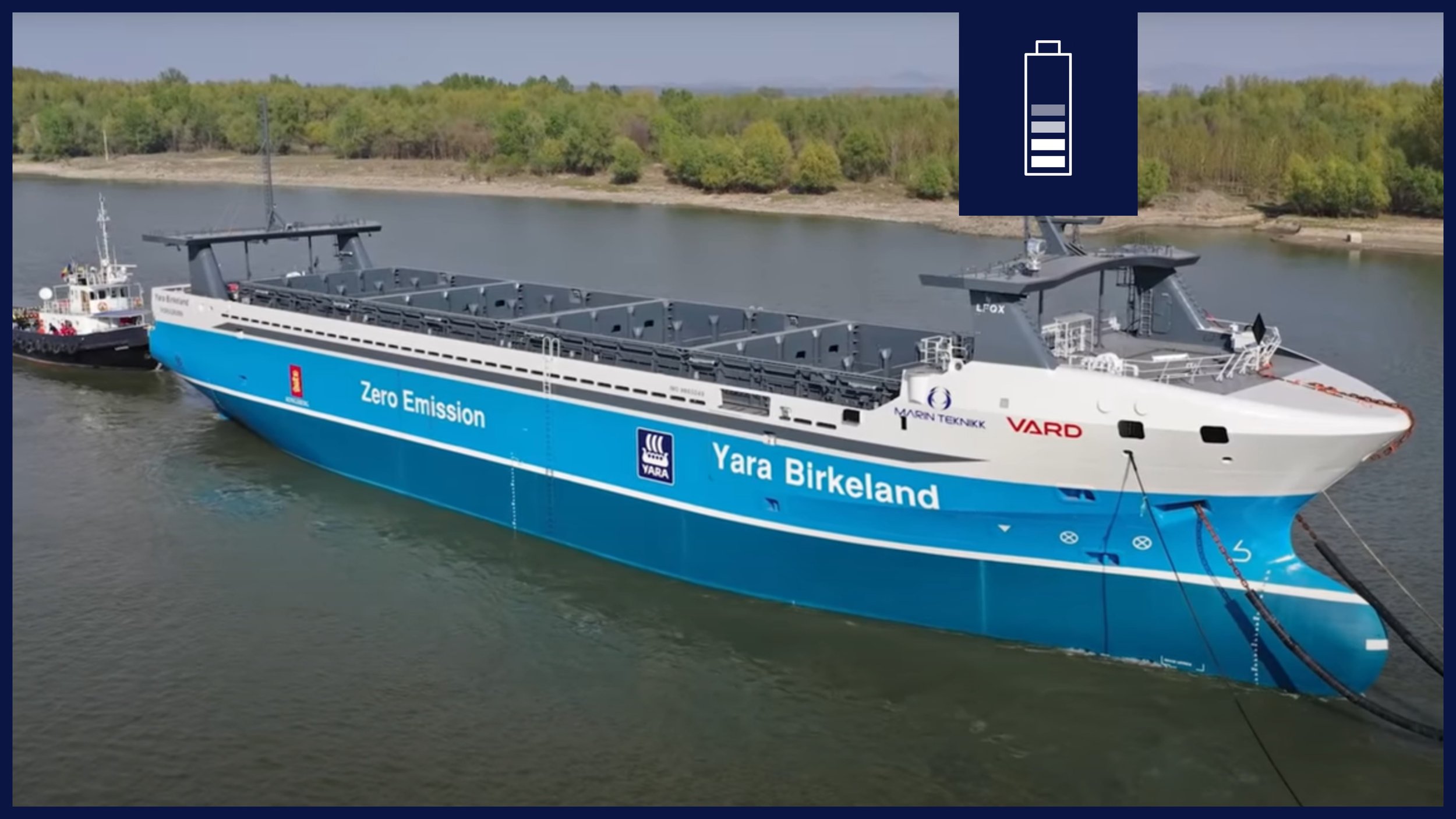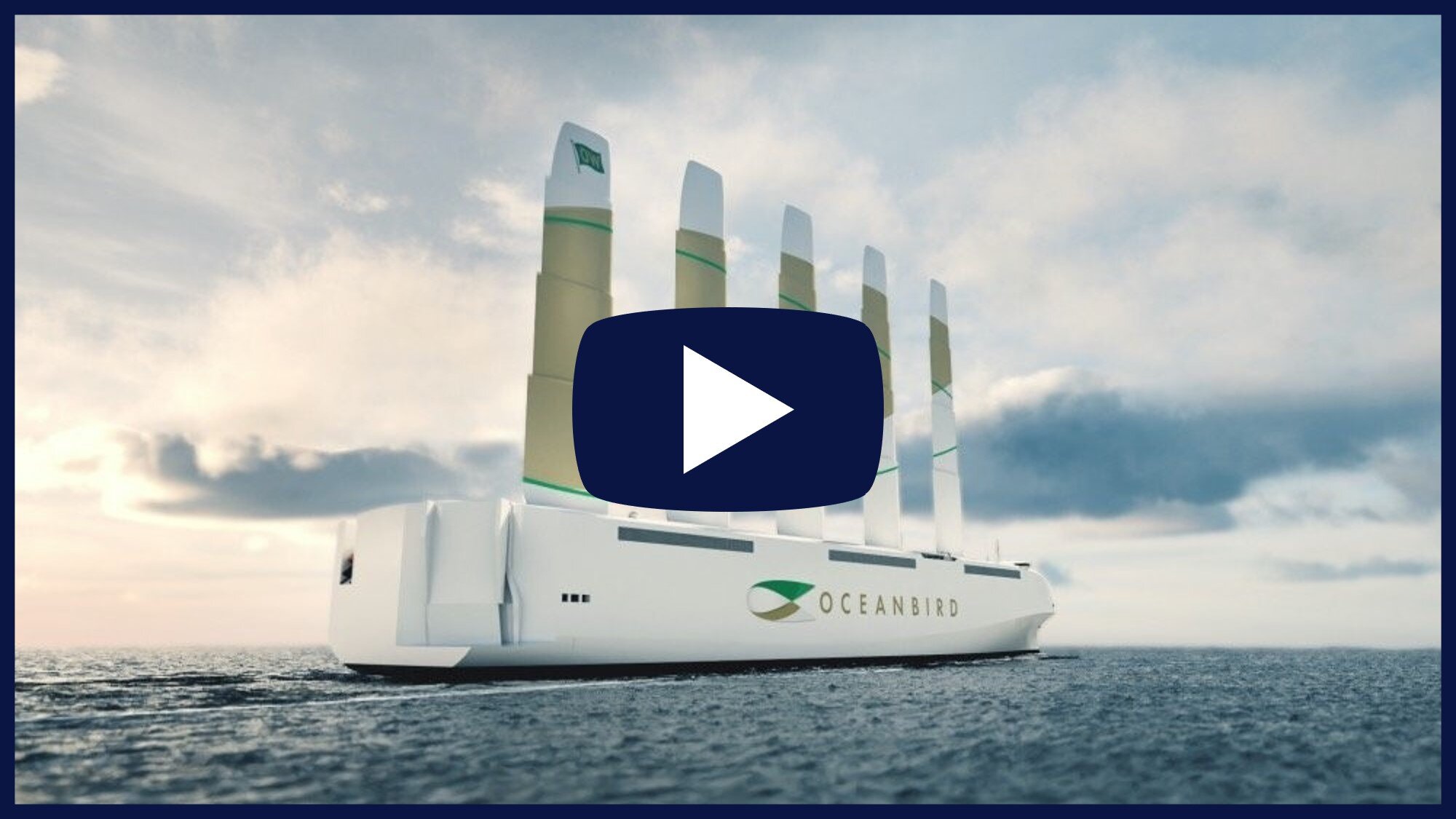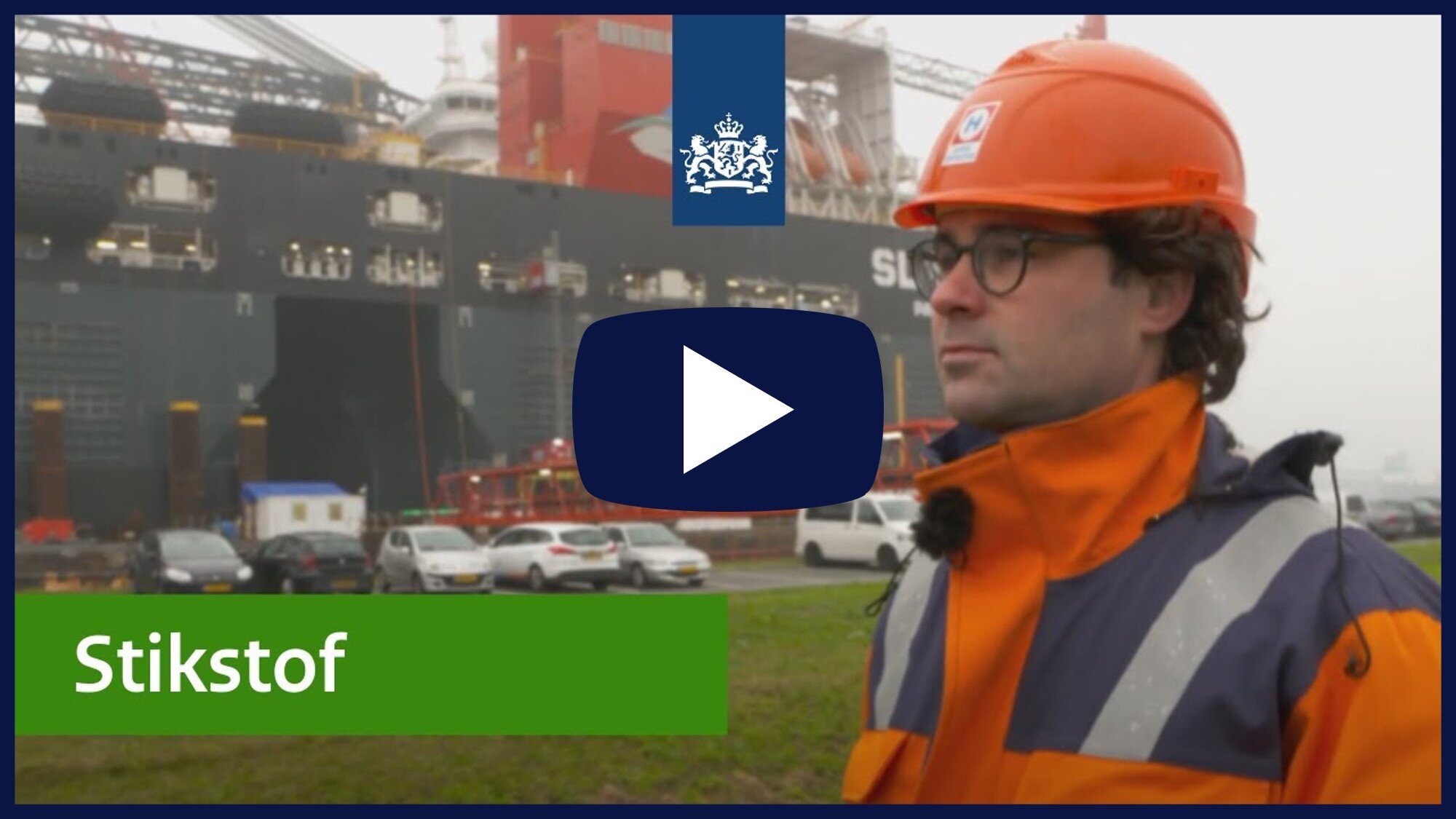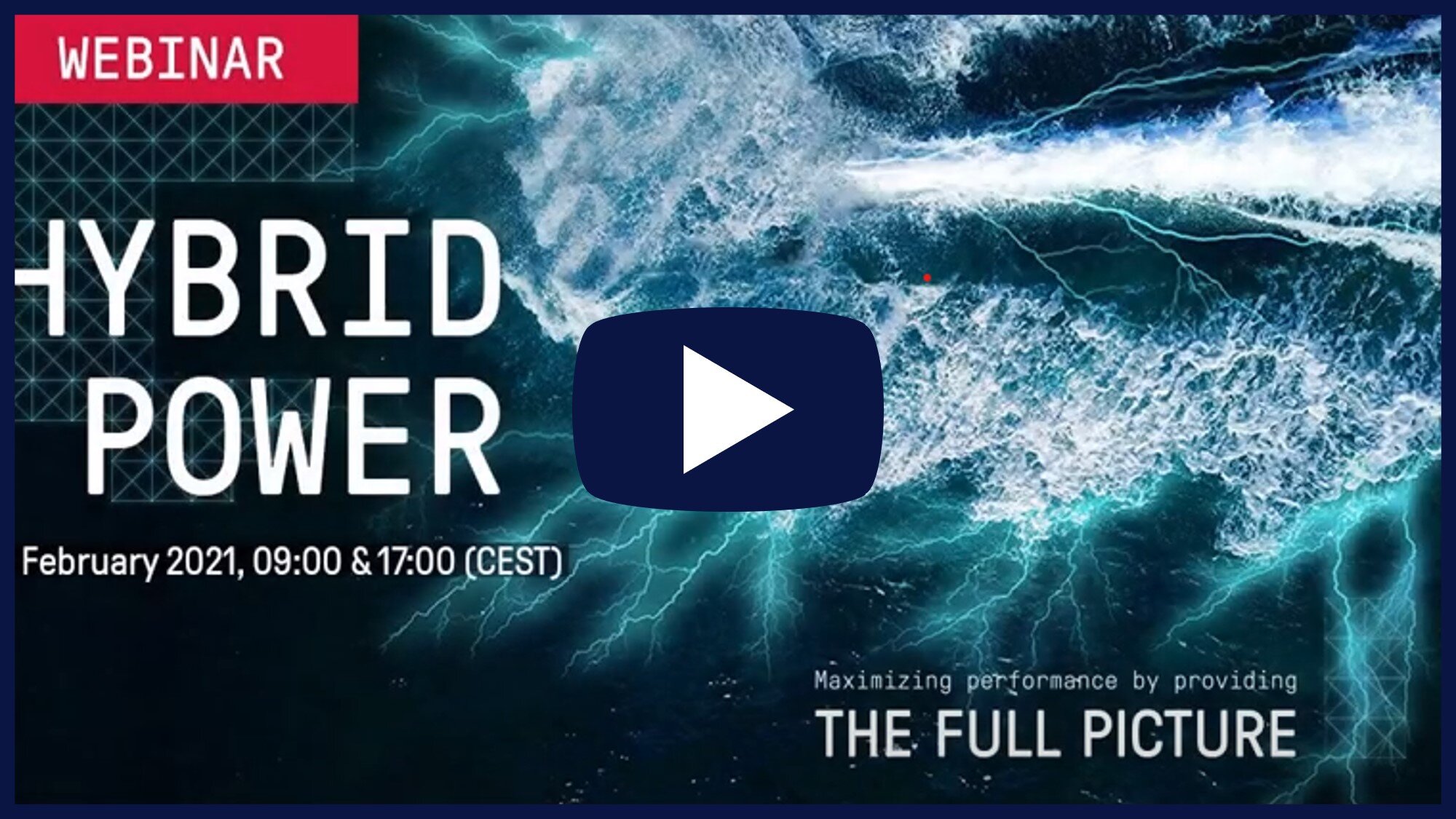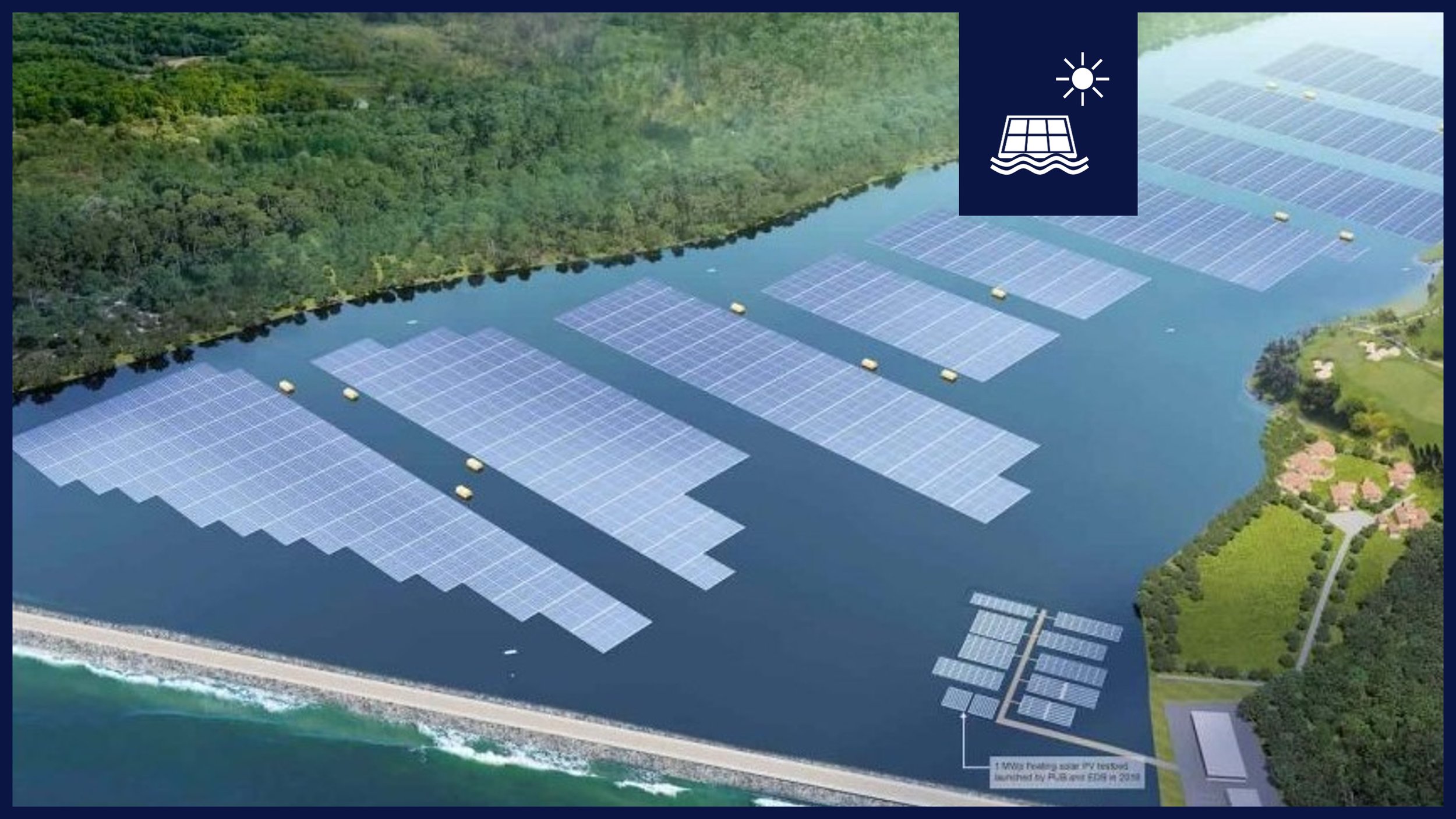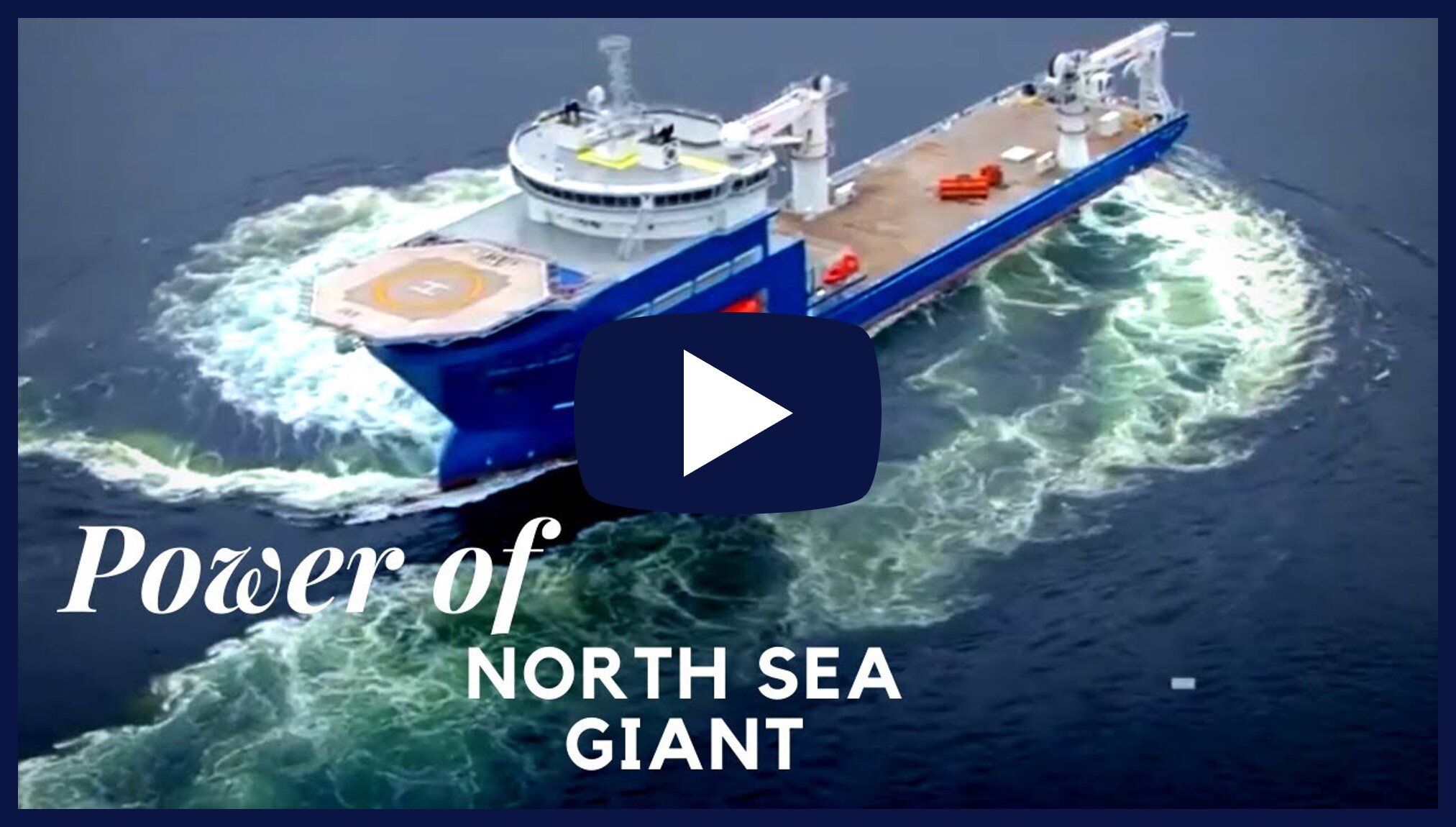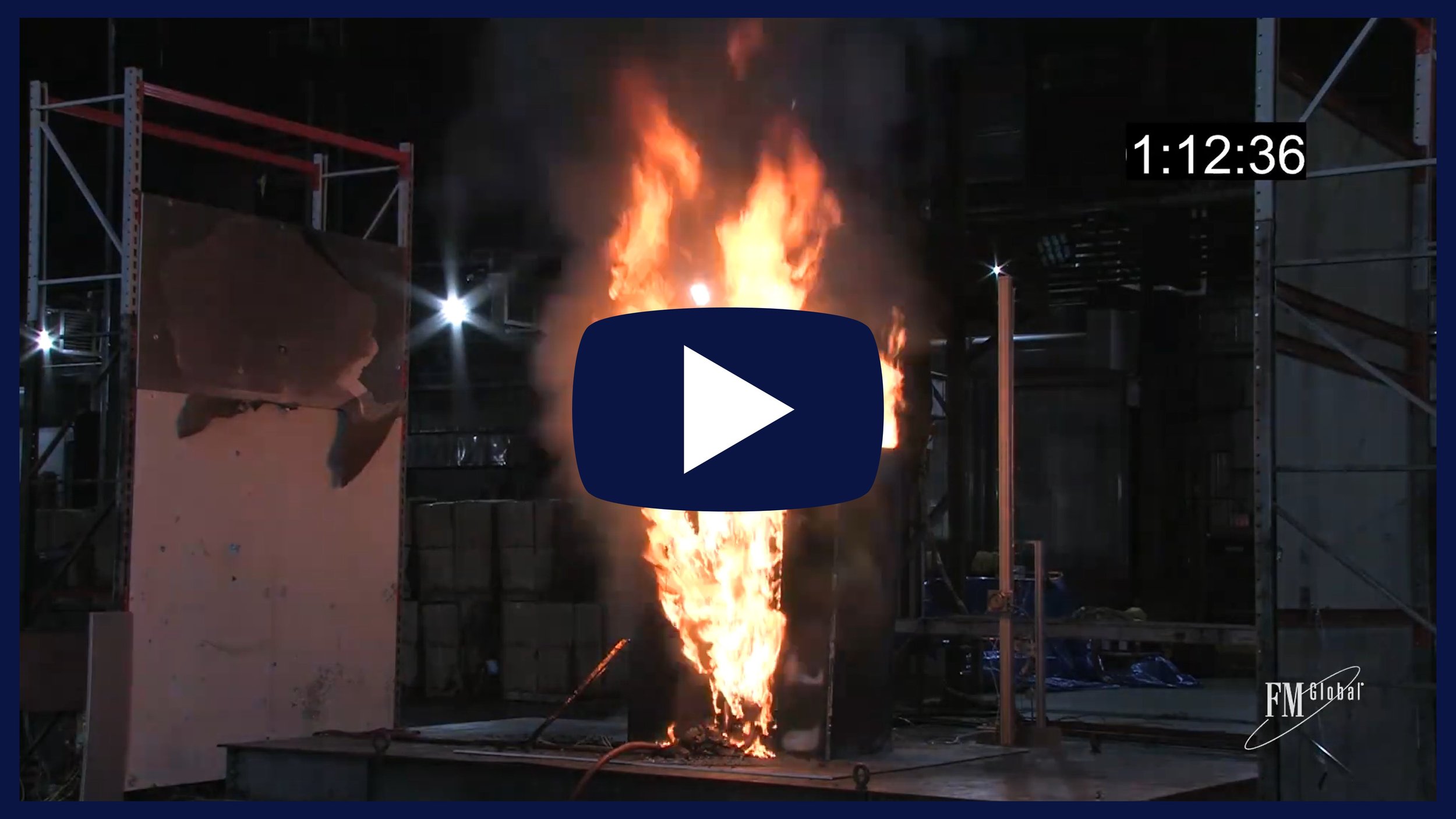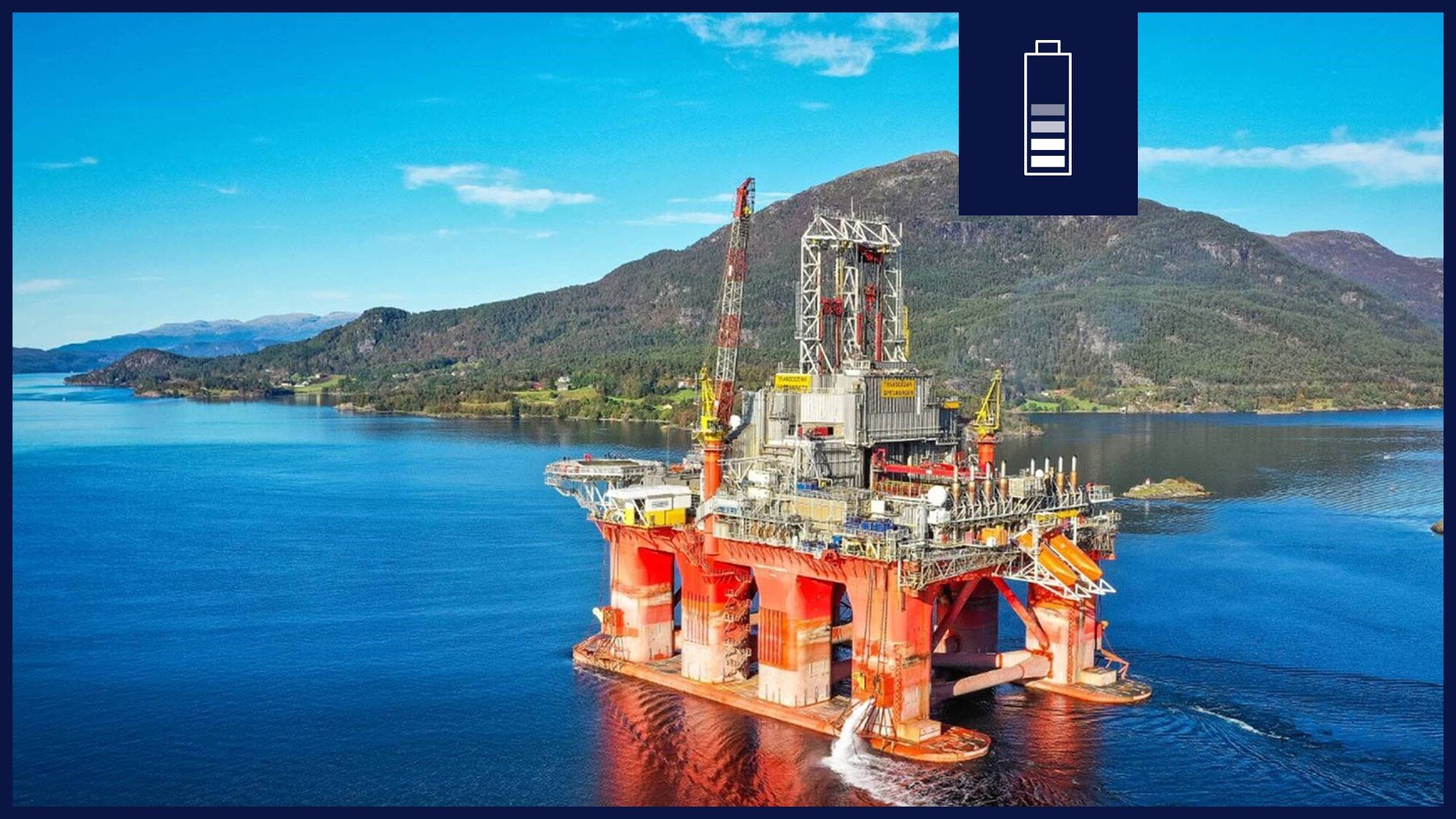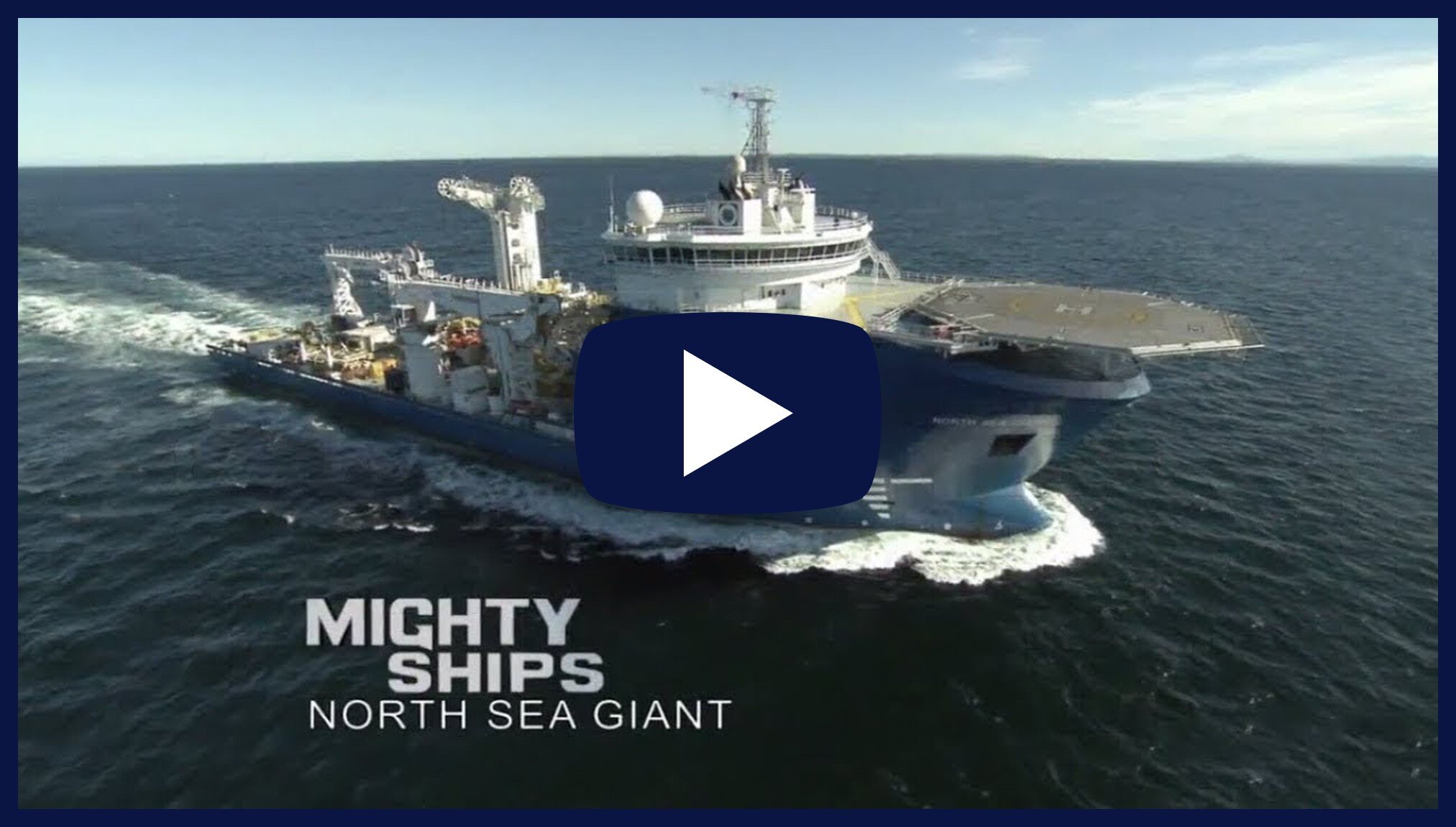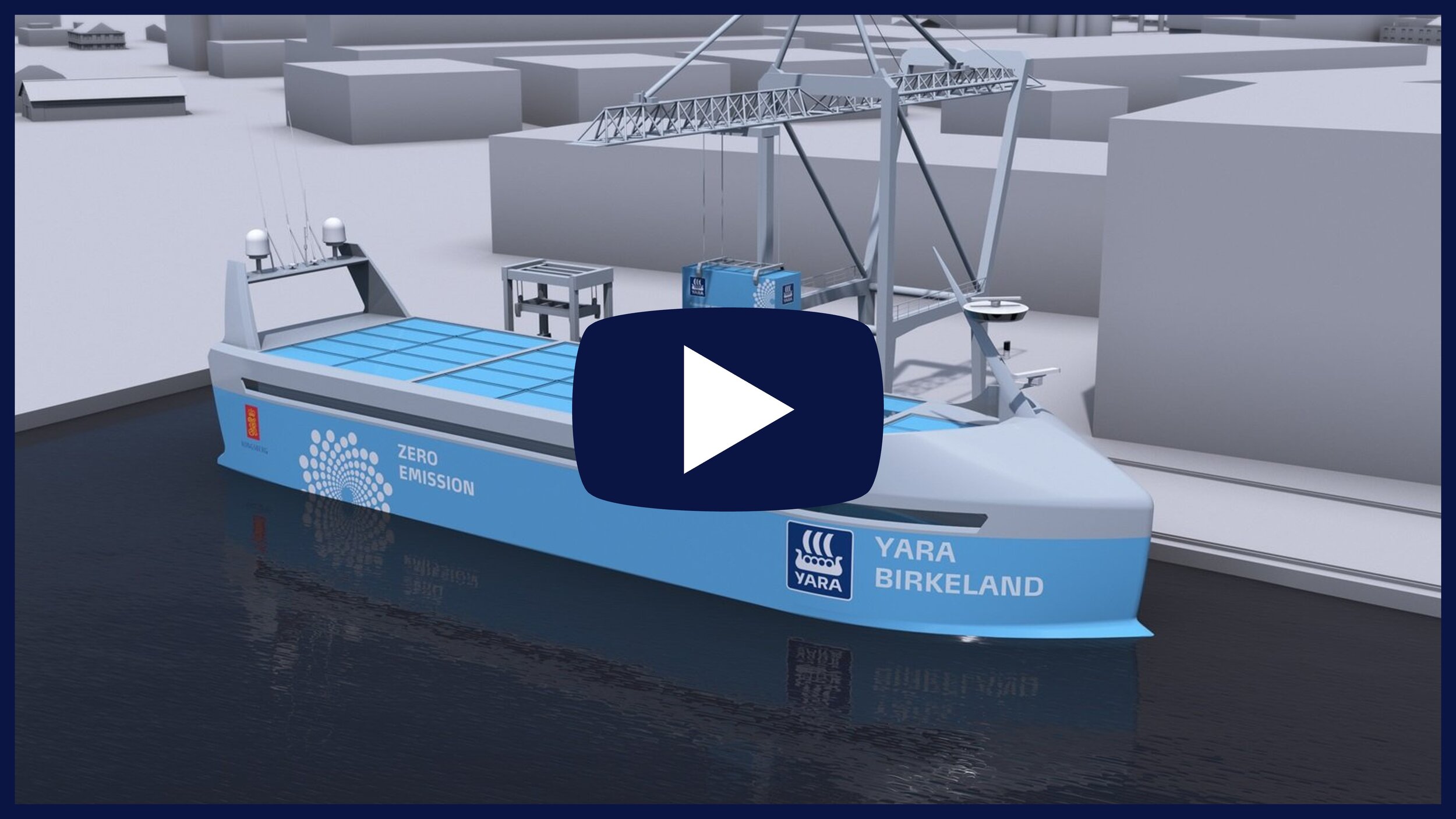Case studies
Illustrative examples on decarbonization measures, costs and regulations
- Alfa Laval
- Alternative Fuels
- Amsterdam
- Arctic
- Arenared
- Asia
- Australia
- Autonomous
- Ballard
- BAM
- Barge
- Batteries
- Battery Hybrid
- Biodiversity
- Biofuels
- Blog
- Bluewater
- BP
- Bulk Carrier
- Carbon Capture
- Case Study
- Cavotec
- CCS
- China
- Clean Shipping Act
- Climeon
- CMA CGM
- Combination Carrier
- Container Ship
- Corvus
- COSCO
- Cruise passenger
- Damen
- Decarbonizer
- Decarbonizer case study
- Digitalization
- Dredging
- Econowind
- Ecospeed
- Electrification
- Energy Major
- Engine
- ENI
- EOPSA
- Equinor
- EU
- Exhaust gas
- FAME
- Feeder
- Fishing
- Flind
- Floating Solar
- Fossil Fuels
- FuelEU
- Full Electric
- Gas Carrier
- GE
- General Cargo
- GoodFuels
- Green Hydrogen
- Hapag-Lloyd
- Harbor Tug
- HBE
- Heerema
- Hull Coating
- Hullvane
- HVO
- Hybrid
- Hydrogen
- IMO
- Industry
- Inland Waterways
- Inland Waterways General Cargo
- Inland Waterways Tanker
- InnovationQuarter
- Japan
- Knutsen
- Kongsberg
- KVNR
- Liquefied Gas Carrier
- LNG Carrier
- LPG Tanker
- Maersk
- Maritime Battery Forum
- Metasorbex
- Methanol
- Microgrids
- Miscellaneous
- Mobilyze
- Movie
- MSC
- Neste
- Netherlands
- North Star
- NorthVolt
- Norway
- NOx
- Ocean Sun
- Offshore
- Offshore Charging
- Offshore Construction Vessel
- Offshore Support Vessel
- Ore Carrier
- Ørsted
- Passenger Ship
- Plastic
- Port / Tugs
- Port of Auckland
- Port of Rotterdam
- Ports
- Project BOEI
- Provincie Zuid-Holland
- Pusher Tug
- Q&A
- QuantumScape
- Recycling
- Rijkswaterstaat
- Ro-Ro Ships
- Rotterdam
- Rules and Regulations
- Semi-Submersible
- SFC
- Shell
- Shipping Company
- Shore Battery
- Shore Power
- Shorelink
- Singapore
- Skoon
- Smart Vessel Optimizer
- Solar PV
- Solid-State Lithium
- Sparky
- Steel
- Stillstrom
- Subsea Industries
- Synthetic Fuel
- Talk with an Expert
- Tanker
- Tanker/Bulk Carrier
- Techbinder
- Techno-Economic Guide for Ship-Based Carbon Capture
- TotalEnergies
- Trailing Hopper Suction Dredger
- Trawler
- US
- Van Oord
- Wärtsilä
- Waste heat recovery
- Wattlab
- Wind
- Wind Power
- Yara
- Zero-Emission Vessel
Shore Power by Stena Line
Stena Line realized a shore power connection for sea-going ferries of two times 3 [MW] in Hoek van Holland in 2012.
Project BOEI
Project BOEI is a techno-economic feasibility study on behalf of the Province of South-Holland on the electrification of tankers at the Scheveningen anchorage. The goal is to identify the most feasible technical solutions and risks, in addition to cost and emissions reduction estimation. Primary drivers are reduction of NOx and CO2 emissions. Total costs for all scopes combined is €14M (~€12M for infra and ~€2M for ship). E-anchor and subsea cabling are approximately 50% of all cost. Break-even price parity for shipowner and provider of power is at around €0.20-€0.25 per kWh.
Mobilyze Renewable Energy Units (HBEs) with Robert Gunsing
Renewable Energy Units - Hernieuwbare Brandstof Eenheden - are a Dutch system of certificates based on the EU Renewable Energy Directive (RED). Under the system, parties that produce liquid fossil fuels for transport have an obligation from the government to purchase REUs. Per year, €1 billion REUs are traded in the Netherlands. You can earn between 4.5 and 18 eurocents per kWh ‘sold’ to a vessel, for example when using shore power.
Metasorbex™ carbon-neutral Methanol with Joe Menner
Metasorbex™ is a startup in the chemical industry that offers technology to produce carbon-neutral and cost-effective methanol. Existing feedstocks or even waste streams from hydrogen industry can be used. Current cost for one metric ton of methanol in US is $400 to $500. Metasorbex’s technology could provide not only a carbon-neutral, but cheaper form of methanol. Maritime industry - in particular in EU - is most interesting due to incentives and penalties on CO2.
Ship-Based Carbon Capture Techno-Economic Guide
This blog provides techno-economic guidance for the use of SBCC onboard your vessel, including operational impact, logistics and of course the costs for implementation. Key points include the following; SBCC is applicable to virtually all ship types, sizes and fuel type but LNG is preferred. SBCC produces 2 m3 of CO2 per day per MW. SBCC costs €115 per ton CO2, is a CAPEX dominated technology and costs €175k per MW.
How to decarbonize your ship - Inland Waterways + Shore Battery
This is a case study on the ‘Skoon Skipper’, a general cargo large Rhine vessel, with an average of 40 [kW] power demand while moored to which a shore battery is applied. Batteries can help you comply with shore power regulations where no infrastructure exists with limited to no CAPEX investments. CAPEX is €0 for this case study as the battery pack is rented at an estimated €400 dayrate. Purchase cost for battery pack are approx. €350.000. This case study is powered by our preferred partner Skoon.
COSCO 700 TEU Full Electric Container Ship
The N997 has two propulsion motors with a capacity of 900 [kW] each and a total battery capacity of 50 [MWh] - best estimate currently available. The 120 meter long ship has a fully electric drive, can carry up to 700 TEU and is able to swap battery packs en route. The vessel is designed for Chinese inland and coastal waters, covering over 600 nautical miles of routes on the Yangtze River.
MoU for North Star Support Vessels on Offshore Wind
Maersk’s Stillstrom and North Star have signed a Memorandum of Understanding (MoU) to accelerate the adoption of offshore charging and vessel electrification technologies for Offshore Support Vessels (OSVs) in the offshore wind sector. Offshore charging hubs will enable the vessels to recharge their battery systems using wind energy while in the field.
How to decarbonize your ship - Hopper Dredger + Methanol
This is a case study of a trailing hopper suction dredger with 14MW installed power - the ‘Happy Hopper’ - which is converted to methanol combustion. This case study is inspired by the amazing work done by Van Oord. With the given assumptions on emission factors for methanol, 93% CO2 reduction is achieved. CAPEX for a methanol refit of this size is approximately €6M+, of which roughly €5M is intended for engine refit only. OPEX will be greatly increased unless methanol price is below €500 per mT.
How to decarbonize your ship - Large Fishing Trawler
This is a case study on how to decarbonize a fishing trawler - the Jacobus Maria - using shore power, battery hybrid EES and biofuels. 20% CO2 reduction is achieved, half of which stems from the use of biofuels (HVO). The hybrid battery pack is economically not feasible with the assumptions used and the operational profile. The Jacobus Maria has 1 MW installed engine capacity. Total cost would be at least €1M. 10% CO2 reduction can be achieved with approx. €50k.
Neste Renewable Diesel Handbook
Neste Corporation calls its own HVO product “Neste Renewable Diesel”. The common acronym “HVO” comes from the terms “Hydrotreated Vegetable Oil”. It meets the requirements of EN 15940 for paraffinic diesel fuels and is allowed as a blending component in EN 590 B7 diesel fuel. It is a high quality fuel that can be used to enhance the properties of the final diesel blend. No modifications to vehicles required and it has the same torque and maximum power as with fossil diesel fuel in modern engines.
Inside a Battery Container
The Corvus BOB (Battery On Board) is a standardized, class-approved, modular battery room solution available in 10-foot and 20-foot ISO high-cube container sizes. The complete system comes with battery, monitoring system, HVAC , TR exhaust, plus firefighting and detection system. The plug and play battery room simplifies integration into any system integrator’s power management system on board a ship. The battery cells have passive thermal runaway protection, and are type-approved according to DNV.
BAM Amsterdam Cruise Terminal with Dick and Rick
On May 10th, Port of Amsterdam awarded the contract for the realization of shore power at Cruise Port Amsterdam (CPA) to Powercon A/S and with BAM as subcontractor. Dick van Veen and Rick van Akkeren - BAM Business Unit Heavy Duty Charging - explain in detail about the project and the challenges that they are facing. Building the infrastructure that can host large cruise vessels and support the heavy electrical equipment is therefore a daunting task, all of which is discussed in this video.
Maritime Battery Forum with Syb ten Cate Hoedemaker
During the lunch and learn, current forum Director Syb ten Cate Hoedemaker will exchange knowledge and experience from the usage of batteries within the shipping and offshore industries. You will learn which batteries will suit your vessel, plus discover the costs and payback for different operational modes. Which battery suits your vessel, your needs, your operational profile? This is the key question discussed in this lunch and learn with Maritime Battery Forum.
How to decarbonize your ship - RoRo Passenger with hull coating
This is a case study on how to decarbonize a ro-ro passenger vessel by applying Ecospeed to its hull. Ecospeed is a hard, non-toxic coating which provides long-lasting protection for all ship hulls. The hypothetic vessel is called ‘Lady Ice Cold’, a ro-ro operating in North-Western Europe with 33 MW installed engine capacity. Ecospeed reduces carbon emissions by 9% - 16% with a total CAPEX of €390.000.
How to decarbonize your ship - Full Electric Tugboat
This is a case study on how to decarbonize a tug by making it full electric. It is an homage to Damen’s electric tug ‘Sparky’. In practice, fully electrifying a vessel means to install a - very large - battery pack, in this case at least 3 MWh. This would also be the largest cost component, outweighing switchboard modifications, inverter and other electrical equipment. Cost reductions in OPEX/dayrate are high, between 50% to 90% in extreme cases.
Damen’s Sparky - their first full electric tug
Damen’s first all-electric harbour tug, the RSD-E Tug 2513, is a high-powered tug with 70-tonnes bollard pull, capable of manoeuvring even the largest vessels. It can undertake two or more assignments before being recharged, which takes just two hours. The battery pack size is 2,800 kWh, resulting an approximately 1,400 kW of charging power required. The battery pack is design for the vessel’s 30 year lifetime.
Dual fuel methanol engine switchover by Arenared
This video showcases a fuel switchover of an engine from regular diesel fuel to methanol by Arenared.
How to decarbonize your ship - Inland Waterways + Solar PV
This is a case study on how to decarbonize an inland waterway ship with solar PV technology. Flexible solar PV panels from Wattlab are placed on an inland ship’s hatches in order to reduce fuel consumption while idling or moored. In some cases, the auxiliary generators can be switched off, resulting in an expected CO2 reduction of 26% - 100%.
EOPSA - Digital 4 Port Decarbonisation with GE
Watch this lunch and learn by EOPSA together with General Electric, in which we discuss the onshore and vessel aspects of shore power, including microgrids and using the Decarbonizer to determine the costs for shore power for your vessel.
The State of Methanol as Marine Fuel 2023
This blog is a state of the use of methanol as marine fuel as “quick” reference for shipowners. Key points include costs for retrofitting the ship and engine, range between € 250-€650 per kW, elaboration on IGF code for low flashpoint fuels and technical considerations for conversion and working with methanol. Availability for methanol is good, but bunkering for large vessels mostly non-existent. Methanol price per kilogram is historically lower than regular MGO.
Marine Exhaust Gas Heat Recovery Systems
Marine exhaust gas heat recovery systems can be a useful measure to reduce fuel consumption by 5% for typical cases, with up to 15% for favourable engine and ship characteristics. As a rule of thumb, heat exchangers become more efficient and cost-effective the larger your engine becomes. Conversion of heat to electricity is recommended for diesel-electric vessels, as well as the use of engine cooling water instead of exhaust gas heat.
Overview of Ports’ Sustainable & Shore Power Ambitions
Most ports have the ambition to become carbon neutral by 2050. This typically excludes vessel emissions and focusses on Scope 1/2 port operations only. A significant portion of ports around the world have signed shore power declarations to ‘deploy shore-side electricity by 2028 where possible’, including all large North Sea ports, Los Angeles, Montreal and all large Japanese ports. Cruise and container vessels are the primary target for most ports’ regulations and EU will start taxing vessels via EU ETS from next year onwards.
Overview of Shipping Companies’ Sustainable Ambitions
Four out of the five largest shipping companies have the ambition to be carbon neutral by 2050. Most shipping companies focus on alternative fuels for combustion. Preferred fuels that are currently considered are (bio)LNG and methanol.
Overview of Energy Majors’ Sustainable Ambitions
Virtually all energy majors have 2050 as target date for carbon neutrality. Most focus solely on Scope I and II emissions. Ørsted and Equinor have the highest ambitions and most stringent targets. Repsol, Eni, Shell, TotalEnergies and BP are following suit.
5 Most important EU Rules and Regulations for Maritime Industry
In the next four years, you will be faced with a carbon tax of €200 - €300 carbon tax per mT fuel, mandatory use of shore power and low carbon fuels due to a these five regulations: FuelEU Maritime, EU ETS, AFID, RED, ETD.
Shore-Link with Levan Chikviladze
Ports are the start and end of every vessel’s journey. Because of this, onshore power supply undeniably plays a big part of the decarbonization of the maritime industry. Creating a network of onshore power supply in ports around the world is a tremendous but necessary task. One of the companies providing the technology for this transition is ShoreLink. Watch this lunch and learn by Shorelink, presented by Levan Chikviladze, to learn more.
Econowind with Frank Nieuwenhuis
Join Frank Nieuwenhuis, CEO of Econowind, as we discuss the VentiFoil®, sails of the 21st century. These devices can be installed on board existing vessels or newbuilds to reduce fuel consumption (or make you sail faster!)
EOPSA with Roland Teixeira de Mattos
Watch this lunch and learn with EOPSA Founding President Roland Teixeira de Mattos, who will tell all about EOPSA, its growth, its advocacy, its outlook and the broader topic of Port Energy.
Overview of Shore Power Sockets and Plugs - 1
This blog provides an overview of (European/Dutch) shore power sockets and plugs. They are categorized into three groups, depending on a ship’s installed power: below 100 kW, below 2.000 kW and above 2.000 kW. Especially below 100 kW, there is great diversification of plugs which would merit the creation of a ‘universal adapter’ for ships. Share your experience to help other shipowners.
FCWave - 200 kW Hydrogen Fuel Cell with Thomas Petersen
Join Thomas Therkild Petersen as he presents the FCWave, a modular 200 kW hydrogen fuel cell for marine purposes made by Ballard. It is the only DNV type approved hydrogen fuel cell on the market. At the size of a large cabinet, it can be directly integrated into most engine rooms without a hitch. Watch this video to gain insights on one of the best hydrogen fuel cell systems available for the maritime industry.
FCWave - 200 kW Hydrogen Fuel Cell
As the world’s first type approved module for marine applications, FCwaveTM uses proven technology from Ballard's heavy duty module platform to deliver reliable performance, high power density and favorable economics.
Smart Vessel Optimizer with Bram van den Boom
Join Bram van den Boom as we learn the benefits of using Smart Vessel Optimizer, an analytics tool that offers performance dashboards to increase operational efficiency. No need to change your systems; it makes use of already existing but many times unused signals installed on board. The more vessels that you have connected, the better your insights.
Decarbonizer Tutorial
This tutorial will show you how to use the Decarbonizer in order to get a personalized roadmap to decarbonize your vessel. In just a few clicks, you receive freely available insights into which carbon reduction measures are best suited for your vessel.
Hullvane with Bruno Bouckaert
Join Bruno Bouckaert as we discuss 'Hull Vane', an energy saving device for medium-speed and fast displacement vessels. These include superyachts, naval ships, patrol vessels, offshore vessels, ferries, roro vessels and expedition cruise vessels. Full scale trials show confirmed savings of 5-25% on suitable ships.
Methanol as clean fuel
Learn about methanol, the simplest alcohol in the universe which has the highest hydrogen to carbon ratio of any liquid fuel under ambient atmospheric conditions. It can reduce SOx emission by 99%, NOx by 60% and PM by 95%.
Hull Vane – the solution to improve ships' efficiency, performance and seakeeping
The patented Hull Vane® is a proven energy-saving and seakeeping device to achieve the highest level of performance on intermediate-speed vessels. The Hull Vane® consists of a transom-mounted submerged wing - or hydrofoil -, which converts energy of the stern wave into forward thrust. It reduces fuel consumption between 5-25%, emissions, powering requirements, noise and motions in waves.
Ecospeed with Martijn van Ruiten
Join Martijn van Ruiten as we discuss Ecospeed, a proven, non-toxic, cost-effective alternative technology for underwater ship hull protection and biofouling control. It can save up to 10-25% of fuel consumption and emissions, some specific cases even claim a reduction as high as 40% or more.
Specific Fuel Consumption [g/kWh] for Marine Engines
Specific Fuel Consumption (SFC) of marine engines ranges between 155 and 200 g/kWh on optimal load settings, mostly dependent on engine speed (low, medium, high). Specific fuel consumption increases dramatically for approach at low power (30% Pmax) and especially at idle (7% Pmax).
Overview of CO2 Rules and Regulations for Maritime Industry 2022
Almost all rules and regulations apply to large ships of 5.000 gross tonnage or more and will only start to significantly impact your operations and OPEX as per 2026. While some vessels remain exempt, it is to be expected all vessels will be subjected to severe carbon reduction requirements that will significantly impact operations and easily double operational costs of measures are not taken in time.
Fuel EU with Poul Woodall
Join Poul Woodall as we discuss the challenges of the upcoming Fuel EU regulations. It is one of the most stringent upcoming rules and regulations in terms of emissions for the shipping industry.
What is the carbon footprint of steel?
Weighted average carbon footprint of steel is 1.85* tons CO2 to 1 tonne steel produced according to Mckinsey and the World Steel Association.
Battery for inland vessels
In February 2022, Skoon placed a battery system on Noordereiland for the Port of Rotterdam to boost shore power for stationary inland vessels. Addressing power shortfalls, the battery supported shore power cabinets, successfully delivering up to 63A without tripping fuses, benefiting both vessels and residents. This solution also enabled supplying power to larger ships, aligning with sustainability goals and showcasing potential expansion across the city center.
Inside The World's First Electric Cargo Ship - Yara Birkeland
Dubbed ‘the Tesla of the seas’ this fully-electrified, fully-autonomous cargo ship is already making waves. The Yara Birkeland has a 7MWh battery, charged by Norwegian hydro power. She can carry a little over 100 containers. The ship cost about 25 million dollars, about three times a “conventional ship price”, but will nonetheless cut OPEX for Yara by 90%.
US calls for shipping to have zero emissions by 2050
The US wants the global shipping industry to reduce its CO2 emissions to zero by 2050. That target is considerably more ambitious than that of the IMO, which is to reduce CO2 emissions by at least half by 2050.
Meet Flind
Flind is a dashboard that gives you insights on your vessel’s energy consumption and emissions. For free.
What is carbon insetting?
Reducing carbon emissions in the shipping sector can be hard and expensive. Carbon insetting is a way to compensate for emissions that you are unable to mitigate within your normal operations - or are too costly to mitigate - but can be mitigated at other places in your fleet or the sector. Carbon insetting is simple, scalable and perhaps most importantly: almost all vessels can do it without the need for retrofitting or upfront investment costs.
Hydrogen Powered Propulsion for an Offshore Crane Vessel
This thesis performs a technical, economical and environmental feasibility study of three dense hydrogen carriers as a fuel to power the largest semi-submersible offshore crane vessel in the world – Heerema’s Sleipnir.
Get Ready for the Alfa Lift, an Electric-Hybrid Heavy Lift Crane Vessel
The Alfa Lift, a new build heavy lift crane vessel owned by Offshore Heavy Transport, is on track to enter service by early 2022. The vessel features a 3,000 ton main crane, 10,000+ m² smart deck which can be fully submerged to a depth of 15 meters and a electric-hybrid battery system made by Kongsberg.
Thailand builds a massive floating hydro-solar farm
Thailand is close to completing one the world's biggest hydro-floating solar hybrid farms on the surface of a dam, part of steps towards boosting renewable energy production after years of criticism for reliance on fossil fuels.
How to build a green hydrogen refinery for the maritime industry in Rotterdam
Over 20% of all Dutch emissions are coming from the Port of Rotterdam, of which the production of grey hydrogen from fossil feedstock is one of the main culprits. This article explores what is needed to build a green hydrogen refinery. It provides an overview of the existing fossil infrastructure and fuel consumption, which technologies are required to transform, how much it would cost and who are actually working on it.
Introducing Oceanbird – the wind powered cargo vessel
Pioneering an innovative wind-powered propulsion technology, Wallenius Marine is launching Oceanbird as a next-generation, sustainable transport vessel. Here’s Carl-Johan Söder Naval Architect & Project Manager for Oceanbird with perspective on how Oceanbird promises to smash the International Maritime Organisation’s climate emission targets.
Which will be the First Hydrogen-Powered Inland Vessel in Rotterdam?
A curious coincidence In Rotterdam. Two vessels - the ‘MS Antonie’ and ‘the Maas’ claim to become ‘the first hydrogen inland vessel’ in Rotterdam. We have translated their claims from two Dutch news outlets and made a comparison which might help you on your hydrogen journey. The race is on for the first hydrogen-powered inland vessel in Rotterdam!
Methanol Hybrid Offshore Working Vessels
This thesis by J.M. Rozendaal at van Oord focuses on the technical, environmental and economic impact of a methanol hybrid power plant design for new-build offshore working vessels. Its conclusion is that a methanol solution has a CO2 reduction potential up to 99% and a CO2 price of 78 euro per ton CO2 reduction.
Wärtsilä 54 MW Power Barge
In 2020, Wärtsilä was awared a combined contract by Therma Marine Inc. (TMI) for a barge-mounted 54 MW / 32 MWh energy storage system. The power barge consists of ten Wärtsilä GridSolv Max systems, supported by the the GEMS energy management platform. Total costs of this power barge are estimated at €16M for the battery packs plus €8.1M for the power equipment excluding engineering and installation.
Hedzer Keulen over stikstofreductie door walstroom
In deze videoreportage vertelt Hedzer Keulen van Heerema Marine Contractors hoe zij met walstroom de stikstofuitstoot te verlagen en CO2-neutraal willen zijn.
Battery Recycling, made by Northvolt
Northvolt has partnered with Hydro to establish a first-of-its-kind battery recycling facility. The recycling plant will come online in 2021 in Fredrikstad, outside of Oslo. At commissioning, the Hydro Volt plant will have initial capacity to process more than 8,000 tonnes of batteries per year – roughly the equivalent of 23,000 moderately sized EV batteries. Northvolt is aiming for 50% recycled material in new cells by 2030.
Will Renewables end up as landfill?
Solar and Wind energy are growing at a truly astonishing pace on every continent. But in the race for global supremacy in the power generation sector have we neglected to consider how we will deal with millions of panels and turbines when they come to the end of their useful lives? Are we storing up yet another environmental problem?
EV Battery Prices Plunge 89% in Ten Years
The price of a lithium-ion battery pack used to power an electric vehicle has plunged 89% in the last decade, from $1,100 per kWh to $137 per kWh. Marine batteries still cost significantly more, ranging between $800-$1,000 per kWh for retrofits to $500 per kWh for newbuilds. DNV expects the cost of batteries to be reduced by 56% by 2025.
Webinar - Kongsberg Hybrid Solutions
A webinar on hybrid propulsion systems for offshore giving an introduction to a selection of our hybrid battery solutions and the advantages they offer.
Equinor moves ahead with CCS
Following a historic vote in parliament on December 15th 2020, the Norwegian Government announced its funding decision for the ‘Northern Lights’ CO2 transport and storage project. The project aims to create a carbon capture and storage hub in Norway, open to third parties. It will be the first ever cross-border, open-source CO2 transport and storage infrastructure network and offers European industrial emitters the opportunity to store their CO2 safely and permanently underground.
Equinor Flirts with Floating Solar
Equinor will explore opportunities within the realm of floating solar power. Together with Moss Maritime the company wants to start testing near the island of Frøya in the late summer of 2021. The plant will measure 6400 m2 and rise 3 meters above sea level and appears to be made of interlinked rigid structures.
The Big Friendly Hybrid Giant
The North Sea Giant, a Norwegian offshore construction vessel, is the first DNV class-approved ‘hybrid’ DP3 vessel with three batteries on-board that have a total capacity of 2.034 kWh. The batteries have been installed in an upgrade and serve the purpose of spinning reserve, peak shaving and load leveling. Since then, fuel consumption is reduced in all operational modes with over 2 million liters of diesel per year, saving up to 30% fuel.
BP and Ørsted launch green hydrogen project at German oil refinery
BP and Ørsted have partnered to develop a zero-carbon hydrogen at BP’s Lingen Refinery in north-west Germany, BP's first full-scale project in a sector that is expected to grow rapidly. The 50 MW electrolyser project is expected to produce 1 ton of hydrogen per hour - almost 9,000 tonnes a year - starting in 2024. The project could be expanded to up to 500 MW at a later stage to replace all of Lingen’s fossil fuel-based hydrogen.
Why Microsoft left dozens of servers on the ocean floor for two years
Microsoft wrapped up Phase 2 of Project Natick, its plan to test the viability of underwater data centers. In the two year the subsea servers were submerged, they have found some amazing upsides. They have higher reliability and uptime, plus act as natural oases for life underwater.
Shore Power by Heerema
This is a story about how the shore power connection for Heerema in the Port of Rotterdam was realized from idea to reality. It is told from the perspective of Heerema, but could not be realized without help from Eneco, Siemens, Port of Rotterdam, the City Council of Rotterdam and InnovationQuarter. This story portrays the power of open collaboration for a sustainable future, and shows what can be achieved when working together on a common cause.
Batteries that charge up to 80% in 15 Minutes
Volkswagen-backed QuantumScape is building a solid-state lithium metal battery for electric vehicles that it says should allow a car to charge to 80% of its full capacity in 15 minutes.
Hurtigruten’s New Hybrid Ships
Designed in 2017 and launched in 2018, Hurtigreten has launched two new hybrid cruise vessels, the MS Roald Amundsen and MS Fridjof Nansen, that can sail fully electric for up to 30 minutes. Not only will it significantly reduce emissions, a hybrid system is also extremely quit. Arctic exploration has never been so much fun!
What Is Green Hydrogen And Will It Power The Future?
Hydrogen is a clean-burning molecule, meaning that it can help to decarbonize a range of sectors that have proved hard to clean up in the past. But today, most hydrogen is produced from CO2-emitting fossil fuels. Hydrogen produced from renewable electricity, known as green hydrogen, could be the solution to cutting our carbon footprint. But first, it must overcome a number of challenges.
Floating Solar - Rough Sea Demonstration
Does floating solar work in high waves and storms? Yes. It most certainly does.
Why are Billions of Dollars Worth of Ships Being Intentionally Destroyed?
Why would profit-motivated companies destroy billions of dollars worth of productive assets? It’s all about economics!
Heliogen - Replacing Fuel with Sunlight
Heliogen, backed by Bill Gates, makes fuel out of thin air and sunlight. It simply costs a lot of energy.
World’s first ‘carbon-capture at sea’ set for shipping trials
Japanese shipbuilding giant Mitsubishi announced that it will build and test a carbon-capture system for ships which promises to reduce ship emissions by 90%. Sea trials will be conducted by mid-2021 using an existing coal carrier operated by the Tohoku Electric Power Company.
Shore Power in Port of Rotterdam
How a single project from Heerema - made possible by Sustainable Ships - kicked shore power developments in Rotterdam into high gear and led towards the Rotterdam Shore Power Strategy.
Høglund and HB Hunte develop CO2 vessel concept to support CCS projects
Høglund Marine Solutions & HB Hunte Engineering have developed a new ‘bilobe’ tank concept for LPG and CO2 transportation. The solution is readily available for use in existing tanker designs. It more than doubles the transportation capacity of liquid CO2 over current vessel capacity without the size, weight and stability concerns that would have come from a higher capacity “monolobe” design.
Tesla’s Battery Day from a Maritime Perspective
Using Tesla’s announcements of Battery Day, DNV expects the cost of batteries to be reduced by 56% (measured in $/kWh) by 2025. Worldwide, DNV predicts that passenger electric vehicles are likely to start outselling their internal combustion engine counterparts from 2032 onwards. In North America, Europe and China this will take place well before 2030. Tesla’s success could spill over from land-based vehicles into adjacent transport sectors. On the assumption of success on all fronts, Tesla will achieve the critical battery density for short range electric airplanes – namely 400 Wh/kg with high cycle life.
A Front-Row Seat for the Arctic’s Final Summers With Ice
Freaked out scientists and gleeful captains of fossil-fuel tankers are now sailing through climate history in the melting polar region. Physicist Stefanie Arndt claims the Northern Sea Rout will become ice-free this decade or the next one.
What are Solid-State Lithium-Metal Batteries?
Solid-state lithium batteries do not have a traditional anode, but one made up of pure lithium when charged.
Making the Impossible Possible
This blog sketches a vision on how to convert the largest crane vessel in the world - Sleipnir - owned by Heerema Marine Contractors, to a zero-emission vessel. Several promising carbon reduction measures are combined which are technically viable and based on matured technology including electrification and BES, solar panels, synthetic fuels, CCS and possibly hydrogen combustion.
Ørsted and Maersk to Test Offshore Vessel Charger
Maersk and Ørsted are building a ‘power-buoy’ that can act as both a mooring point and a charging station for vessels, enabling them to turn of their engines when laying idle.
World’s Largest Direct Air Capture Facility to Capture CO2 Under Development
The facility from 1PointFive and Carbon Engineering will capture CO2 directly from the air and store it safely, permanently and securely deep underground in geological formations.
One of World’s Biggest Inland Floating Solar Systems begins construction in Singapore
Solar PV is integrated with the local water treatment system on Tengeh Reservoir in Singapore, offsetting 6% of its annual energy needs for 25 years.
Scientists Find Microplastics Inside Human Organs
Bits of microplastics are showing up inside human tissues. We still don’t fully know the health impact of plastics inside our bodies.
IMO study finds maritime emissions could rise 50% by 2050
In IMO’s fourth greenhouse gas (GHG) study, a consortium headed by research establishment CE Delft has found that GHG emissions from global shipping are growing and are expected to continue to increase.
The Truth about Capturing CO2
Carbon capture and storage is often brought up as a solution to climate change, but do we really need it, how much of an impact could it really make, and is it in fact just an excuse to keep burning fossil fuels, letting heavy polluting industries off the hook? It's time to find out the truth.
Full-scale Analysis of a MW Floating Solar System
Kind of what you expect. A full-scale behavioral analysis of a 4 [MW] floating solar system by Foresys. Made in Orcaflex.
Recycling vehicle batteries
Helen Czerski went to Wendeburg in Germany to see if it really is possible to recycle the materials in vehicle batteries. She shows how this new and rapidly growing industry is developing and coming up with some interesting results, with lithium-iron batteries being economically recycled up to 70% (91% including graphite). Please send this to all the people you know who say 'what about when we throw all these fancy batteries into landfill.
The Trouble with Cobalt by Joe Scott
Electric cars have a dark secret - cobalt. The element that is in almost all lithium-ion batteries is often considered a conflict mineral because half of all cobalt reserves are found in the Democratic Republic of Congo, a troubled region with over a century of instability. But is it as bad as the anti-EV crowd has led us to believe? What's the reality of the situation, and what are some of the solutions?
BP Lingen on green hydrogen
BP Lingen uses green hydrogen in fuel production for the first time worldwide.
Poseidon Pilot - Offshore Hydrogen
Claimed to be the first offshore green hydrogen project, this pilot-project will have an electrolyzer producing green hydrogen from seawater on board the Q13a platform in the Netherlands.
Amazing Power of North Sea Giant
North Sea Giant is amongst the largest and most advanced subsea construction vessels ever built. North Sea Giant is an efficient multi-purpose vessel with supreme deck and crane capacity, alongside a unique power system. Her propellers and thrusters are tailor made for delivering a wide variety of demanding marine operations in deep and ultradeep waters.
How the North Sea Giant saves two million liters of diesel every year
The North Sea Giant saves two million liters of diesel every year. It has installed three battery packs and a distribution system from Wärtsilä, which will dramatically reduce fuel consumption. The North Sea Giant is one of the world's largest construction ships, and was the first vessel in its class to have a hybrid system installed on board.
The Case for Floating Solar
People think we need energy. Truth is, we do not. We need heating, lighting and transportation. At the right place, on the right time. Generating energy is not the issue, the trick is how to transform it into useful energy and store it. So how can we combine the cheapest form of energy generation with energy storage? What is the best place to generate gigantic, ridiculous amounts of energy? As in tenths of gigawatts, the size of small countries? In the desert with solar energy? Think again.
LFP Battery Fire Hazard by FM Global
This video shows the potential fire hazard of an 83 kWh Energy Storage System comprised of Lithium Iron Phosphate batteries. The ESS had an overall electrical capacity of 83 kWh and ≥ 95% state-of-charge. No protection systems were active. Three heaters plus a propane pilot flame were installed to ensure vent gas ignition (!). The results from this test may not be representative of other LFP based systems.
Northern Lights CCS
According to Equinor, carbon capture and storage will be vital to reach the global climate goals of the Paris Agreement. They are very pleased that the Northern Lights partners and leading European companies have taken the first steps to realize a European CO2 transport and storage system! In simple terms, carbon capture and storage deals with removing CO2 from emission sources and storing it permanently underground, so that it is not released to the atmosphere.
Transocean Spitsbergen goes Hybrid
In April 2019, the Transocean Spitsbergen successfully and sagely installed an electric Energy Storage System (ESS) of 5.6 [MW] on-board. This allowed the semi-submersible drillship to run in hybrid mode during DP3, reducing fuel consumption by about 15%. Economic incentives were provided in the fuel-clause and by the Norwegian NOx Fund.
RecycLiCo - A Patented Process for Recycling Lithium-ion Batteries
The RecycLiCo™ Patented Process is an Innovation of American Manganese Inc. – A Critical Metal Company Focused on Recycling Cathode Materials From Spent Lithium-ion Batteries.
Blue Ocean Event : Game Over?
From Just have a Think. A Blue Ocean Event, or Ice-Free Arctic, is the source of almost fever pitch speculation in the climate science world. The consequences of the disappearance of sea ice from the arctic ocean, however briefly, at the end of a summer melt season some time in the not too distant future, are potentially very ominous for the way we organise our human socio-economic structures today.
The North Sea Giant - Mighty Ships
The North Sea Giant on Mighty Ships!
Shore Power by Heerema
The first ever shore power connection for the offshore industry, made possible by Heerema and Mr. Sustainability.
World’s ‘first’ autonomous, zero emission container ship
The world’s first zero-emissions, autonomous ship. This is a game changer and a result of collaboration with Kongsberg, a global technology company, that will eventually change the world of maritime transport.
Hurtigruten’s New Hybrid Ships
Sneak peek at Hurtigruten’s new hybrid ships – and 2019-2020 polar adventures
How to make chemicals and fuel from plants
Easier than you might think. Seaport Groningen wants to create ‘Chemport Europe’, providing chemicals and fuels to the entire industry in the North of the Netherlands based on agricultural waste.
Pandora’s Promise
The atomic bomb and meltdowns like Fukushima have made nuclear power synonymous with global disaster. But what if we’ve got nuclear power wrong? Pandora’s Promise asks whether the one technology we fear most could save our planet from a climate catastrophe, while providing the energy needed to lift billions of people in the world out of poverty.
Multi Year Ice Loss In The Arctic - Professor Peter Wadhams
This video is about multi year ice loss with Professor Peter Wadhams. Point of concern; most of the multi-year ice is gone.












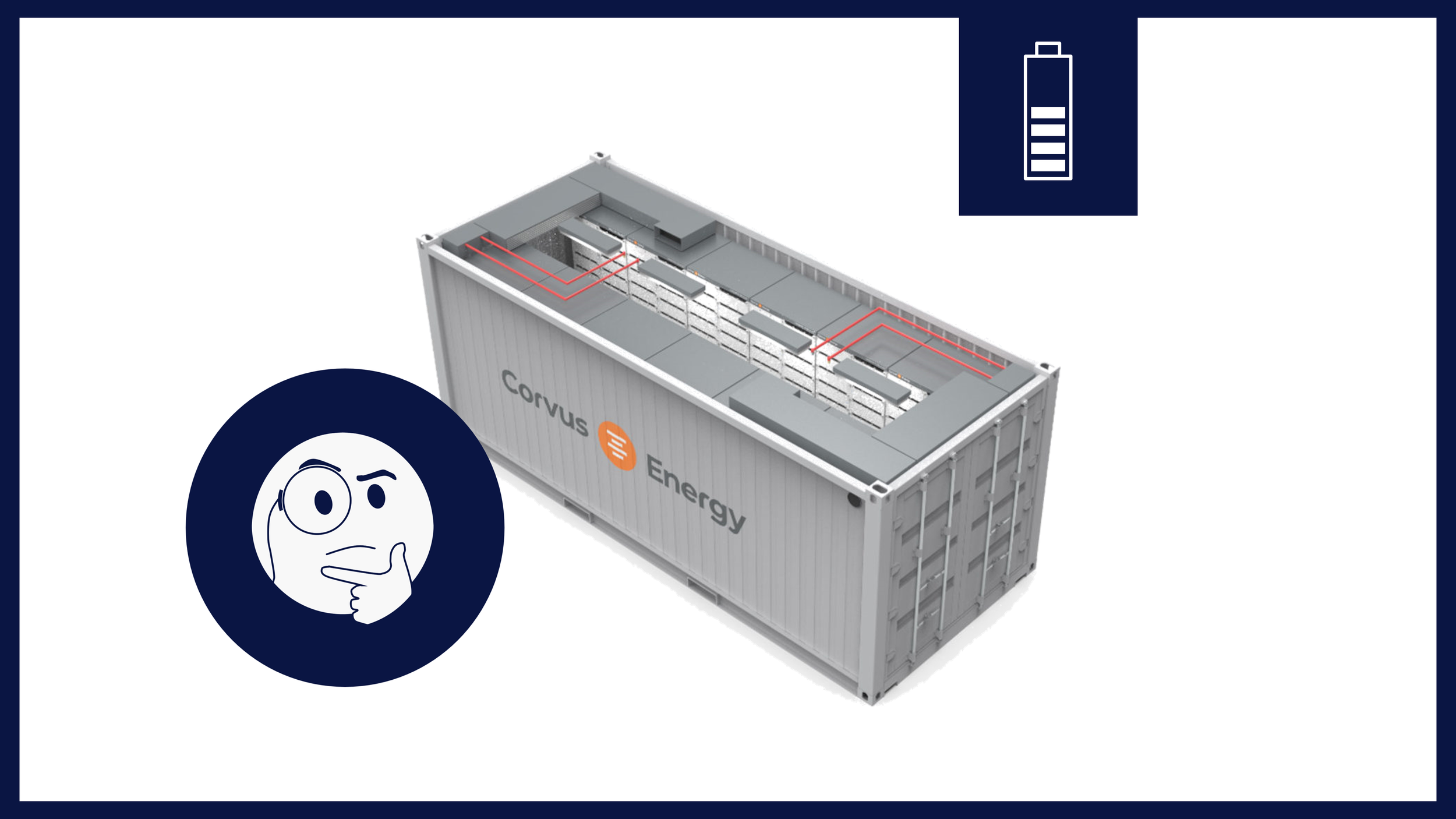
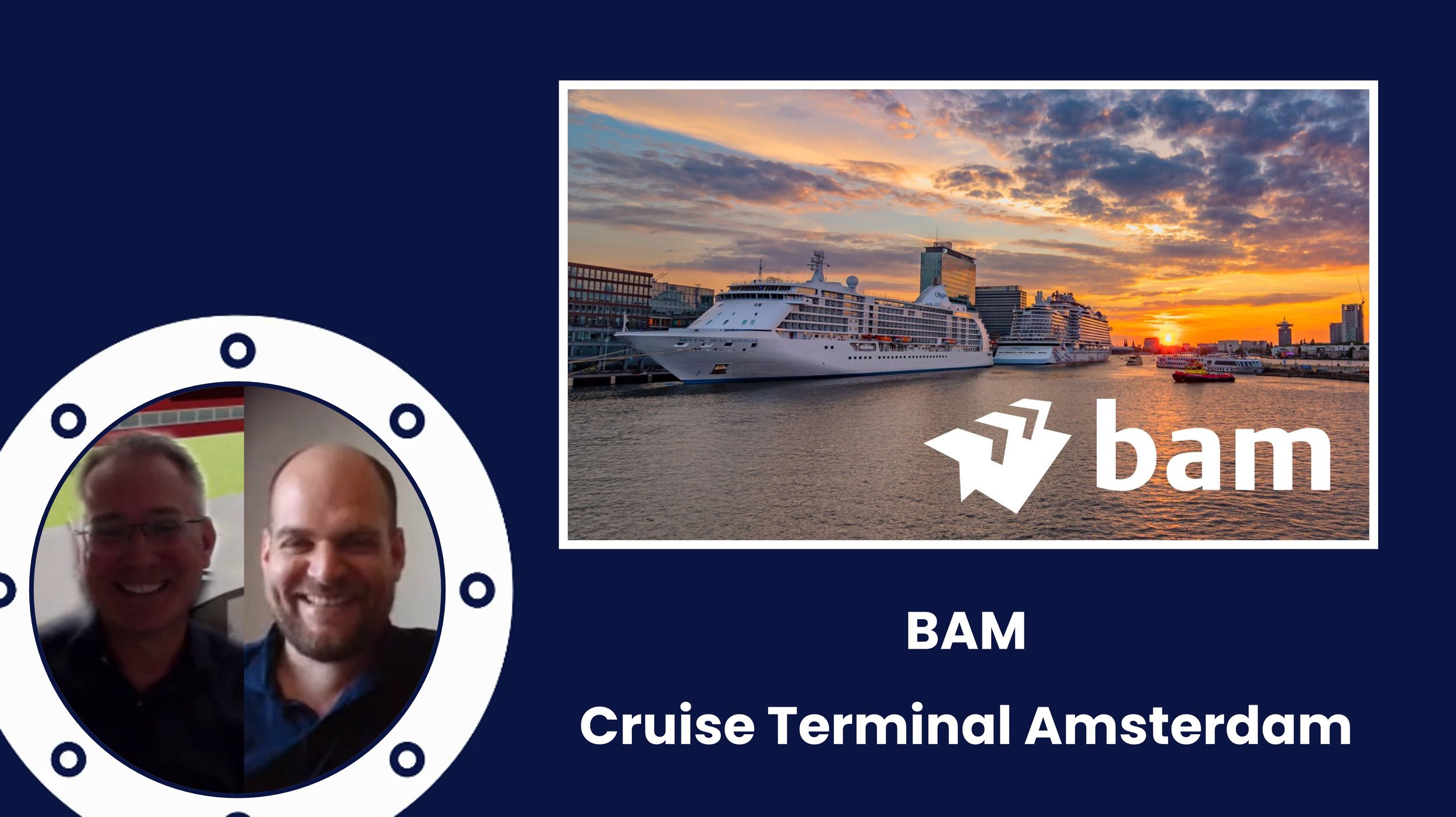








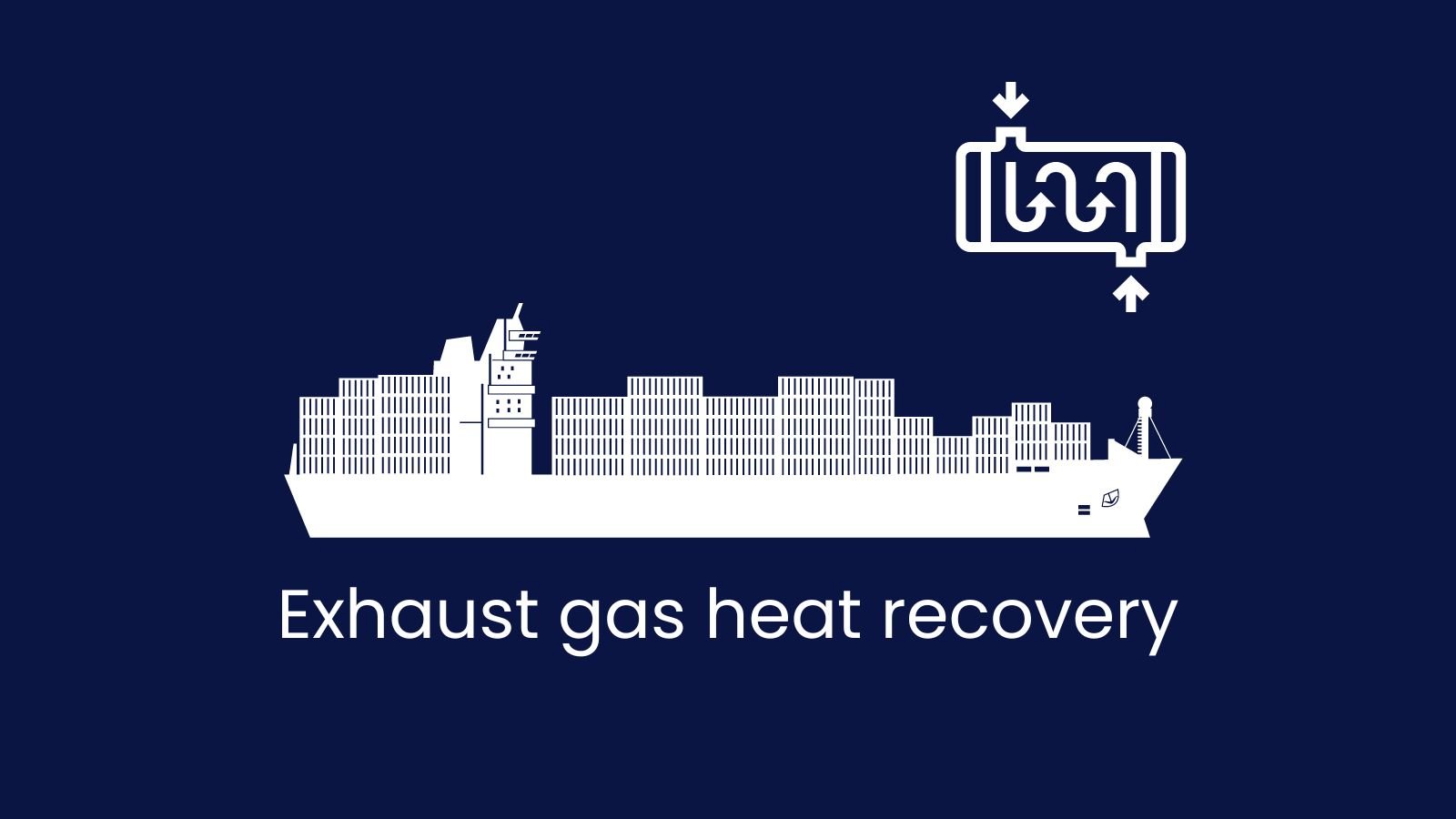





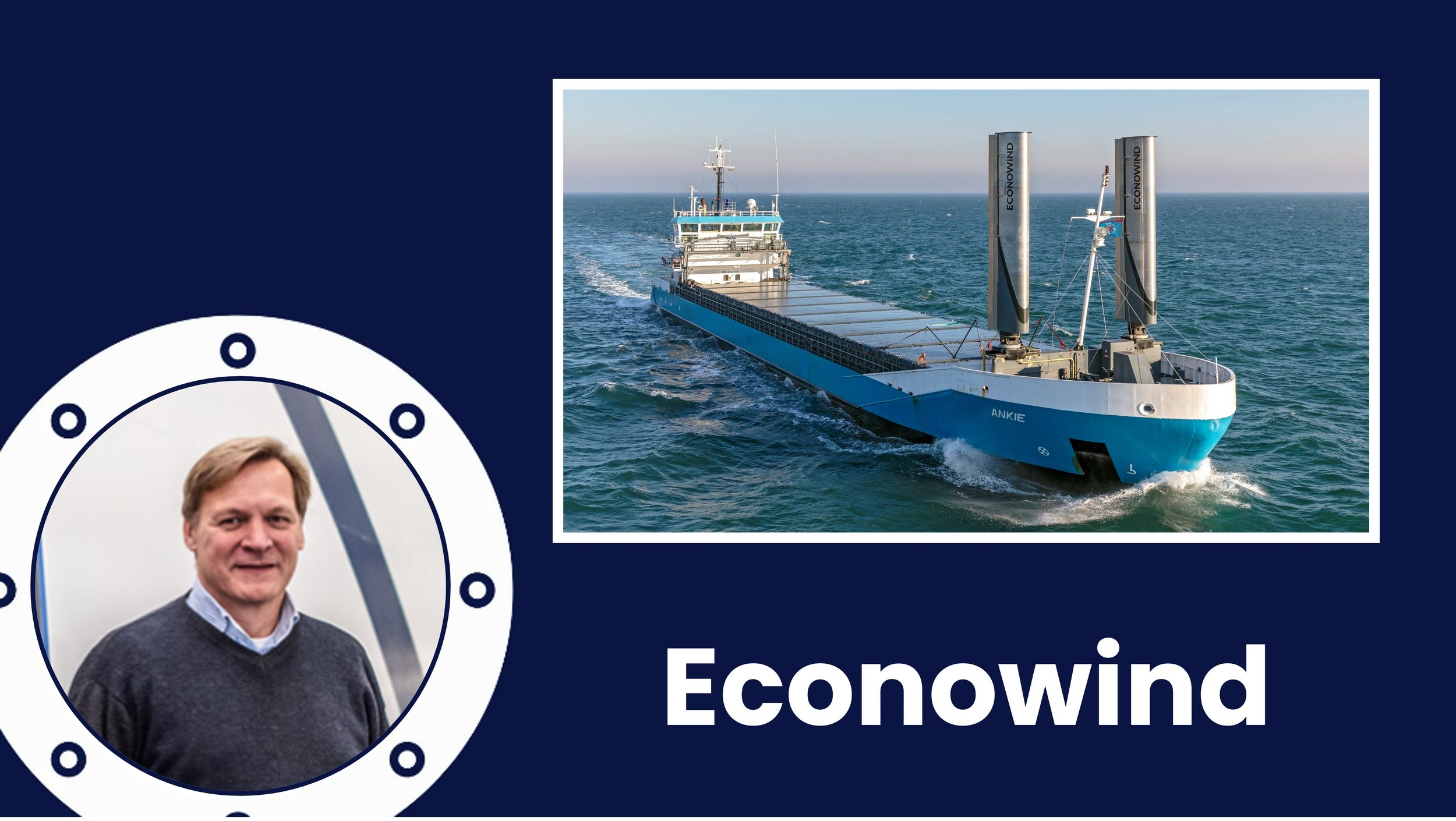
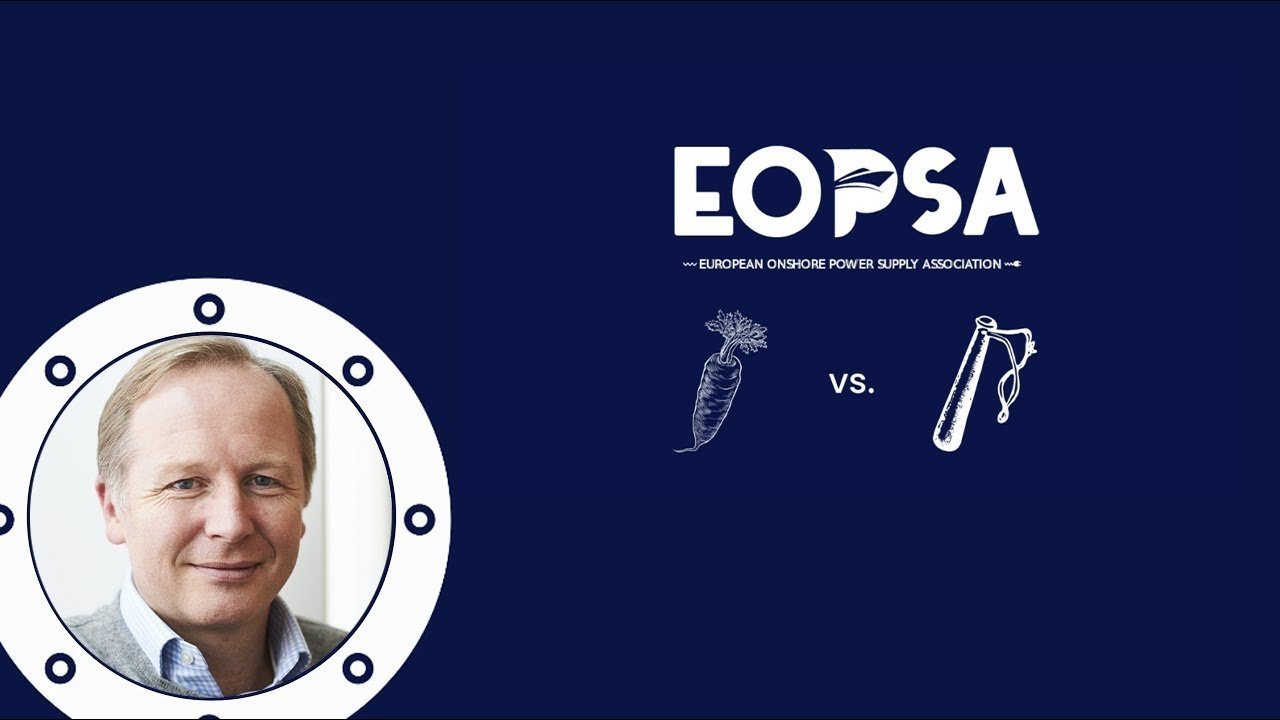

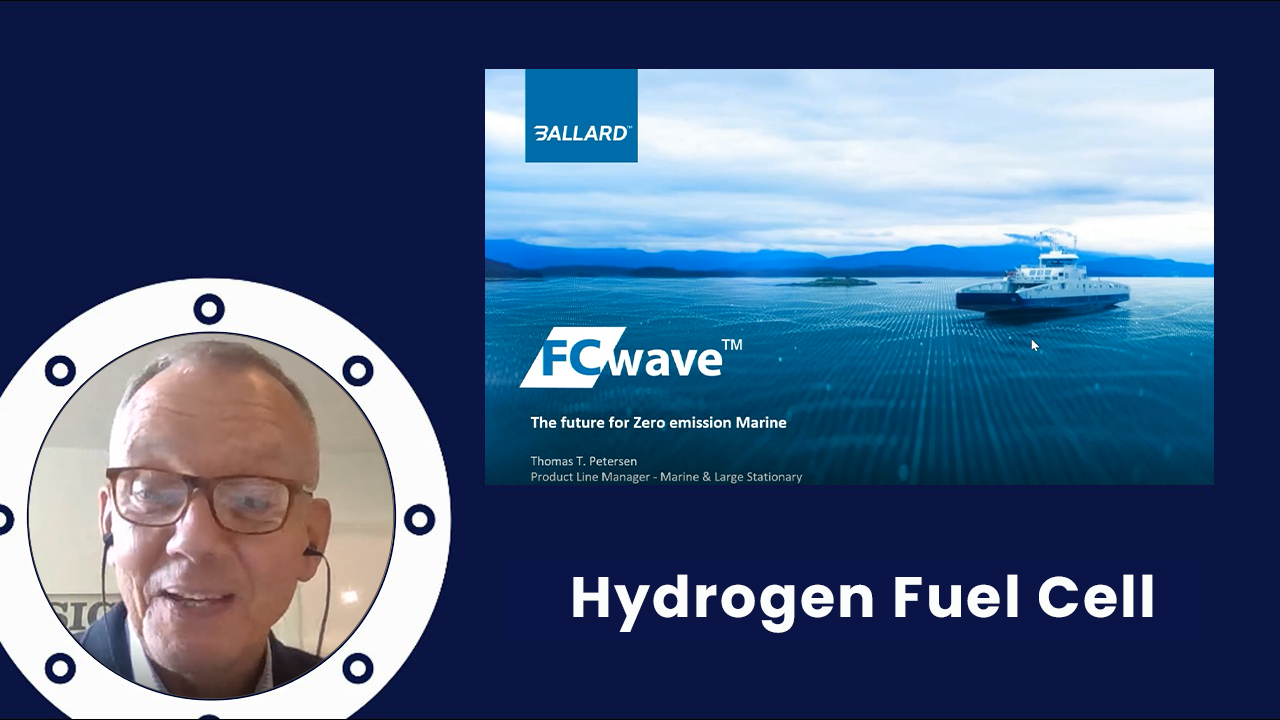




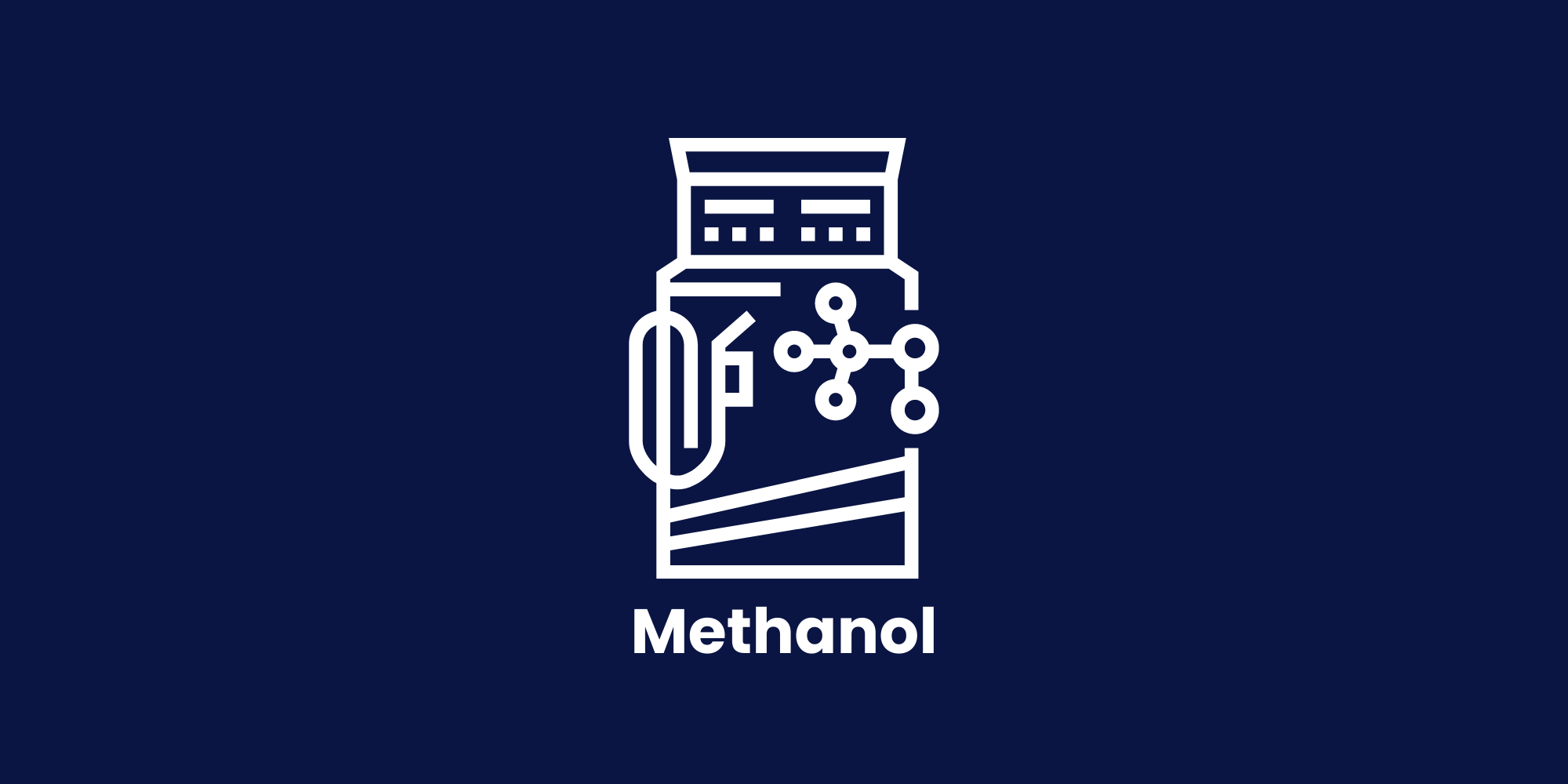


![Specific Fuel Consumption [g/kWh] for Marine Engines](https://images.squarespace-cdn.com/content/v1/6155b5bdada6ea1708c2c74d/1648964928391-9V8YI4YWZV9U4JN69S8N/SFC.png)




